Imagine standing hundreds of feet above the ground, surrounded by a team of dedicated professionals, all working rhythmically amidst the cacophony of drills and cranes. Such is a common sight in the construction industry. But there is another hero in this story that is often overlooked- the humble rain gear. This essential workwear, comprising everything from waterproof clothing and boots to water-resistant gloves and hats, safeguards workers from harsh weather elements, ensuring uninterrupted workflow and worker safety even under pelting rain and gusty winds. In this article, we will delve deeper into the reasons for the high importance of rain gear in construction work, explore the diverse types of rain gear, and provide tips for selecting and maintaining your rain gear. Let's embark to unravel the untold narrative of rain gear - the unsung hero of construction work!
Importance of Rain Gear in Construction
Working in the half-hearted drizzle or a full-on downpour can prove hazardous, especially in the construction industry. No matter the scale of the project, ensuring the safety and productivity of your employees should be paramount. That's where rain gear comes into play. Being well prepared for unpredictable weather situations can go a long way to maintaining productivity and ensuring staff well-being in the construction sector.
Protecting Employees from Adverse Weather
Rain and poor weather conditions in general can easily affect workers' comfort and concentration, potentially leading to mistakes or even accidents on site. Advancements in rain gear technology mean that they can now keep workers not only dry but also warm and comfortable.
- Waterproof: As well as offering protection against getting soaked, current rain gear is intelligently designed to be breathable, thus avoiding excessive sweating.
- Temperature regulation: Modern rain gear uses technology to ensure wearers stay warm but not too hot, guaranteeing comfort despite the weather.
- Robustness: High-quality rain gear is made to resist tears and abrasions, perfect for use in a tough construction environment.
Ensuring Continuity of Work During Rainy Days
One of the biggest downsides to rainy weather is the potential for work to be disrupted. However, with good rain gear, construction work can continue almost unhindered.
- Less delay: Employing rain-resistant gear allows workers to continue their tasks, meaning less time delay for projects.
- Cost-effective: Any downtime is extra cost. Investing in quality rain gear can actually save money in the long run by reducing lost man-hours.
- Increased productivity: Workers who are dry and comfortable are more likely to be productive, thus completing tasks more efficiently and effectively.
Health and Safety Implications
Aside from the practical benefits, rain gear also plays a significant part in maintaining the health and safety of construction workers.
- Prevents Hypothermia: Rain gear keeps workers dry and warm, thus lowering the risk of health problems such as hypothermia, colds, and flu.
- Reduces Accidents: Wet and slippery conditions exponentially increase the risk of accidents at a construction site. Rain gear provides the necessary traction to navigate through such situations safely.
- Legally Required: In many countries, it is a legal requirement under occupational health and safety laws to provide protective clothing, including rain gear, to workers.
When it comes to rain gear in construction, it's far more than a matter of staying dry. It's about ensuring continuity of work, maintaining morale among workers, reducing health risks, and adhering to industry regulations. So, next time those rain clouds gather, you'll know that you're ready to weather the storm!
Types of Rain Gear Essential for Construction Work
The onset of rain isn't a good enough reason for the world of construction to press the pause button. Despite the downpour, the rhythm of work must continue. However, working amid showers can be challenging, and without appropriate protection, it can get rather uncomfortable. Choosing the right rain gear for construction work ensures you stay dry and keep up with your efficiency levels even on harsh wet weather days. Here are a few essential pieces of rain gear that should be part of every construction worker's kit.
Waterproof Clothing
When it comes to the primary layer of protection, waterproof clothing gears are inevitable. They keep the construction workers protected from the inconvenience and health risks associated with wet and damp conditions. This clothing range includes waterproof jackets and waterproof trousers.
- Waterproof Jackets: The jacket's exterior is usually made of robust and waterproof materials like PVC, rubber or waterproof polyester, protecting you from the downpour.
- Waterproof Trousers: Just like the jackets, the trousers are also made from durable waterproof material, ensuring that your lower body stays dry throughout the workday.
Waterproof Boots
Working in waterlogged conditions can cause foot discomfort and pose serious health risks, including fungal infections. Waterproof boots come with an exterior layer made of PVC or rubber, providing a robust shield against water. These boots not only keep your feet dry but also provide much-needed slip resistance on the wet and slippery construction sites.
Water-Resistant Gloves
A pair of water-resistant gloves is another crucial part of a rain gear set. The water-resistant feature helps the construction workers maintain a firm grip on their tools, reducing the chances of slipping incidents due to wet hands.
Rain Hats
Finally, it's crucial not to forget about the head. Construction workers should consider adding a rain hat in their gear collection. Apart from just protecting from the rain, these hats often also come with additional features like high visibility strips and insulation against cold winds.
Each of these rain gear is an essential safeguard for construction workers during rainy weather. They ensure comfort, safety and productivity are maintained at their peak levels, eradicating the worries associated with a wet environment. Hence, investing in high-quality rain gear is a worthwhile decision every construction worker should consider.
Selection Tips: What to Look for in Quality Rain Gear
Outdoor expeditions can quickly become more taxing when unpredictable weather rolls in. However, equipping yourself with quality rain gear can safeguard your adventure, keeping you dry, warm, and comfortable even in the most unfavorable weather conditions. But how do you identify high-quality rain gear amidst the overwhelming choices in the market? Here are the top factors to consider when making your selection.
Material Quality
The type of material plays a crucial role in determining how effective your rain gear will be. Premium rain gear typically uses high-tech, synthetic materials like Gore-Tex or eVent, known for their exceptional waterproofing and breathability. Conversely, budget options might use coated nylons or polyester, delivering satisfactory protection but with less breathability.
- Gore-Tex: Known for its advanced membrane that combines excellent waterproofing with breathability.
- eVent: Slightly more breathable than Gore-Tex but just as waterproof.
- Coated Nylon/Polyester: Offers decent protection though might lack some breathability.
Waterproof Rating
Waterproof ratings are measured in millimeters and indicate how much rainfall the fabric can withstand in a 24-hour period. For instance, a 1500mm rating means the gear can handle 1500mm of rain in one day.
Remember, the higher the rating, the better the gear will hold up in the rain. However, if you're expecting light showers or intermittent rain, a lower rating could work just right.
Breathability
Breathability matters because it affects your comfort during strenuous activities. More breathable materials let the sweat vapor from your body escape, preventing you from feeling clammy or overly hot inside your rain gear. Many premium materials, like the ones mentioned earlier, offer an excellent balance between waterproofing and breathability.
Durability
After all, the sturdiest rain gear is only as good as its longevity and durability. Punctures, rips, and tears can compromise the waterproofing of the garment. Moreover, the quality of the zippers and seams also matter - they should be waterproof and reinforced to avoid leakage.
When bought with careful consideration, quality rain gear can become an adventurer's trusty companion. Thus, don't simply buy the first one you see - understand what makes quality rain gear, and make your purchase worthwhile. In the end, your comfort on your adventures is a priority, and the appropriate rain gear plays a significant role. So, gear up and enjoy your fun-filled, rain-or-shine outdoor activities with confidence!
Maintenance and Care for Rain Gear
Rain gear protects us from the harsh elements during the rainy season, ensuring we stay dry no matter how heavy the downpour. However, it's not just about having the right equipment; it's also about maintaining it. Proper maintenance can extend the lifespan of your rain gear, ensuring it functions correctly whenever you need it. So let's dive into how you can clean, store, and repair your rain gear:
Cleaning
Cleaning your rain gear is an essential step in maintaining its functionality and durability. Dirt and grime can degrade the water-repellent coating, obstruct the breathability, and if not cleaned, may even lead to the material itself breaking down. When cleaning:
- Use mild soap instead of harsh detergents. While it might be tempting to use strong cleaning agents, they could damage the fabric or waterproof coating.
- Handwash your gear whenever possible. Machine washing can be too rough for some fabrics and can potentially damage the waterproofing.
- Always rinse thoroughly. Leftover soap can also degrade the fabric and coating.
- Follow the manufacturer's washing guidance. If you're unsure how best to care for your gear, the manufacturer's instructions will be your best guide.
"Clean gear is happy gear, and happy gear keeps you dry."
Storage
Appropriate storage is another aspect often overlooked. But how you store your rain gear can significantly impact its lifespan and performance.
- Always make sure your gear is completely dry before storing it. Storing wet or damp gear can lead to mildew, which can damage both the material and the waterproof coating.
- Avoid folding or tightly packing your rain gear. It's best to hang it or lay it flat. Folding or stuffing it into tight spaces can lead to creases that may compromise the waterproof layer.
- Store it out of direct sunlight. While rain gear is designed to withstand the elements, prolonged exposure to the sun can break down the material and reduce its effectiveness.
Repairs
No matter how well you maintain your rain gear, eventually, it may need some repairs. Rather than replacing your gear, consider repairing it. Not only is it often cheaper, but it's also a more environmentally friendly option.
- For small tears or holes, consider using a specialized repair tape or a repair kit. These are typically easy to use and can effectively seal small damages.
- If the damage is more considerable, you might need to consider heading to a professional for repairs.
- In some situations, you might need to consider reapplying the water-repellent coating. This can be done at home using commercially available products.
Maintaining your rain gear is not as daunting as it sounds, and the benefits are immense. It extends the life of your gear and ensures it offers optimal protection whenever it's a rainy day. So next time before you stow away your umbrella or raincoat, give them a quick check and ensure they’re cleaned, properly stored, and repaired if necessary. After all, it's our gear that keeps us dry, warm, and enjoying the rainy season instead of worrying about it!
The Economic Impact of Investing in Quality Rain Gear
Splashing through puddles and darting for shelter during an unexpected shower might make for a fun image in the movies, but when reality hits, getting caught in the rain could dampen more than just your spirits. This is where investing in quality rain gear comes into play. The global rain gear industry, from raincoats to water-resistant boots, remains a massively underrated contributor to the financial economy. With a keen focus on sustainability and innovation, these products can not only keep you dry but also contribute hugely to your local and national economy.
Let's take a step back and consider just how impactful such an investment can be. It's about more than just individual consumers keeping themselves dry. When you invest in high-quality, long-lasting rain gear, you're not only saving yourself from a future replacement cost but also contributing to an industry that actively supports thousands of jobs.
Jobs Created by the Rain Gear Industry
Consider the manufacturing aspect itself. Skilled workers in textile mills, craftsmen specialized in outerwear making, quality inspectors, and packers - all these roles are essential cogs in the wheel of rain gear production. A boost in the sales of quality rain gear has a direct impact on these jobs:
- More sales mean more manufacturing, leading to increased demand for production workforce.
- Jobs in the logistics sector see a rise as demand for shipping and delivery of these products grow.
- The boom even resonates in the retail industry, creating jobs for sales associates and store managers.
Moreover, think about the entrepreneurs and designers behind such innovative products. By supporting this industry, you're empowering them to push the boundaries of technology and sustainability, ultimately leading to better products and an even stronger economy.
The Environmental Impact
The economic impact doesn't stop there. Quality rain gear manufacturers are increasingly investing in sustainable practices to reduce their environmental footprint. For instance, many companies are turning to recycled materials to make their products and using responsible manufacturing processes to reduce waste and energy consumption. This not only benefits our planet but also creates jobs in the growing field of sustainable manufacturing.
When you purchase a high-quality raincoat that is sustainably sourced and ethically produced, you're not just preventing yourself from getting drenched, you're contributing to a greener economy.
"Investing in quality is an investment in the environment. By choosing durable, sustainable products over cheap, disposable ones, we can help reduce waste and energy consumption in the long run."
Conclusion
The next time you're caught in a rainstorm, take a moment to appreciate your rain gear and the global economy that it supports. Investing in quality rain gear isn't just about staying dry during the next downpour; it's about supporting an industry that offers substantial economic benefits, encourages innovation, and prioritizes sustainability. Plus, when you consider the reduced need for replacements over time, it's an investment that makes financial sense in the long run.
Conclusion
Investing in quality rain gear is by no means an insignificant consideration for the construction industry and its workforce. The importance of rain gear extends beyond simply keeping the workers dry; it's a matter of safety, productivity, and even health implications. And when it comes to finding the best rain gear for the job, it's clear that all rain gear is not created equal.
By carefully considering the material quality, waterproof rating, breathability, and durability, construction workers can feel confident about confronting whatever Mother Nature throws at them. Don't forget about maintaining the integrity of the gear through proper cleaning, storage, and repair as these are also essential to extending its lifecycle and thereby reducing the costs associated with continual replacements.
Remember, a safe worker is a happy worker. Safety plays a vital role in employee satisfaction, productivity, and retention. As such, investing in high-quality, performance-driven rain gear, like that available at Hurricane Raingear, is an investment in the workforce and ultimately, in the success of the business. Not only does it prove that the company cares about their worker's wellbeing, but it demonstrates a commitment to the highest standards of work, regardless of the weather conditions.
Frequently Asked Questions
-
Why is rain gear important for construction work?
Rain gear is important for construction work because it protects workers from getting wet and cold, which can lead to discomfort, illness, and decreased productivity. It also helps in maintaining safety by keeping workers dry and focused on their tasks.
-
What are the essential rain gear items for construction work?
The essential rain gear items for construction work include waterproof jackets, pants, and boots, as well as waterproof gloves and hats. Additionally, high-visibility rain gear is crucial to ensure worker safety in low visibility conditions.
-
How does rain gear improve worker productivity?
Rain gear improves worker productivity by keeping workers dry and comfortable, allowing them to focus on their tasks without distractions. It also prevents the need for frequent breaks and allows work to continue even in wet weather conditions.
-
Can rain gear be used in other industries besides construction?
Yes, rain gear is versatile and can be used in various industries besides construction. It is beneficial for outdoor workers such as landscapers, utility workers, road maintenance crews, and more. It is also useful for recreational activities like hiking and camping.
-
How do I choose the right rain gear for construction work?
When choosing rain gear for construction work, consider factors such as waterproof ratings, durability, breathability, fit, and comfort. It is also important to ensure that the gear meets safety standards and regulations and suits the specific needs of the construction site and tasks.



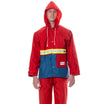
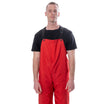
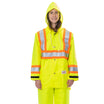
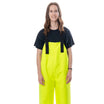
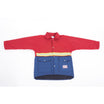
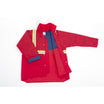

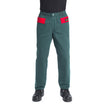
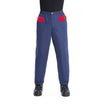
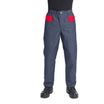
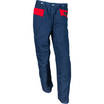
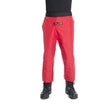
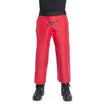
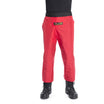
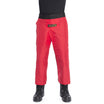
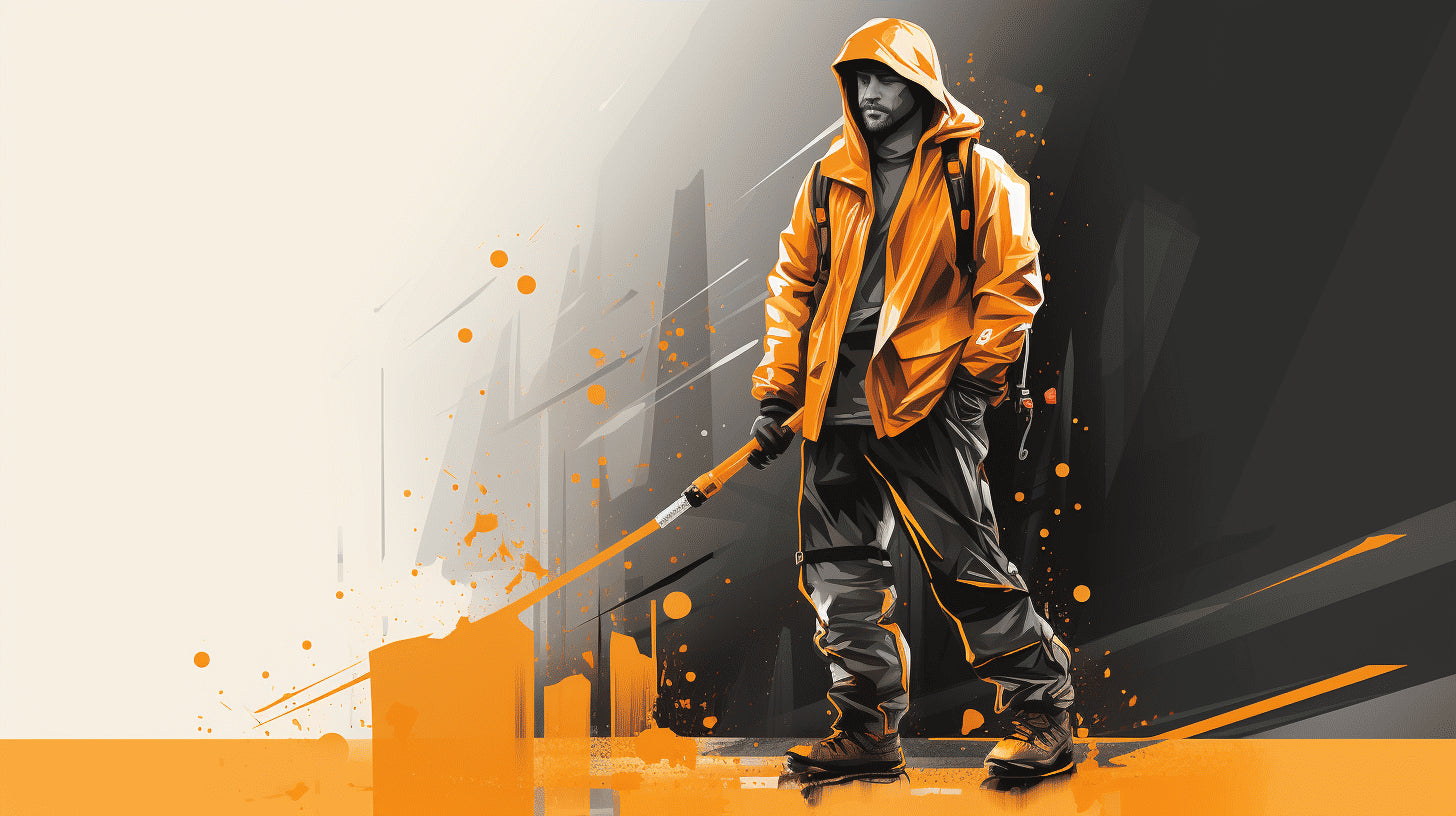
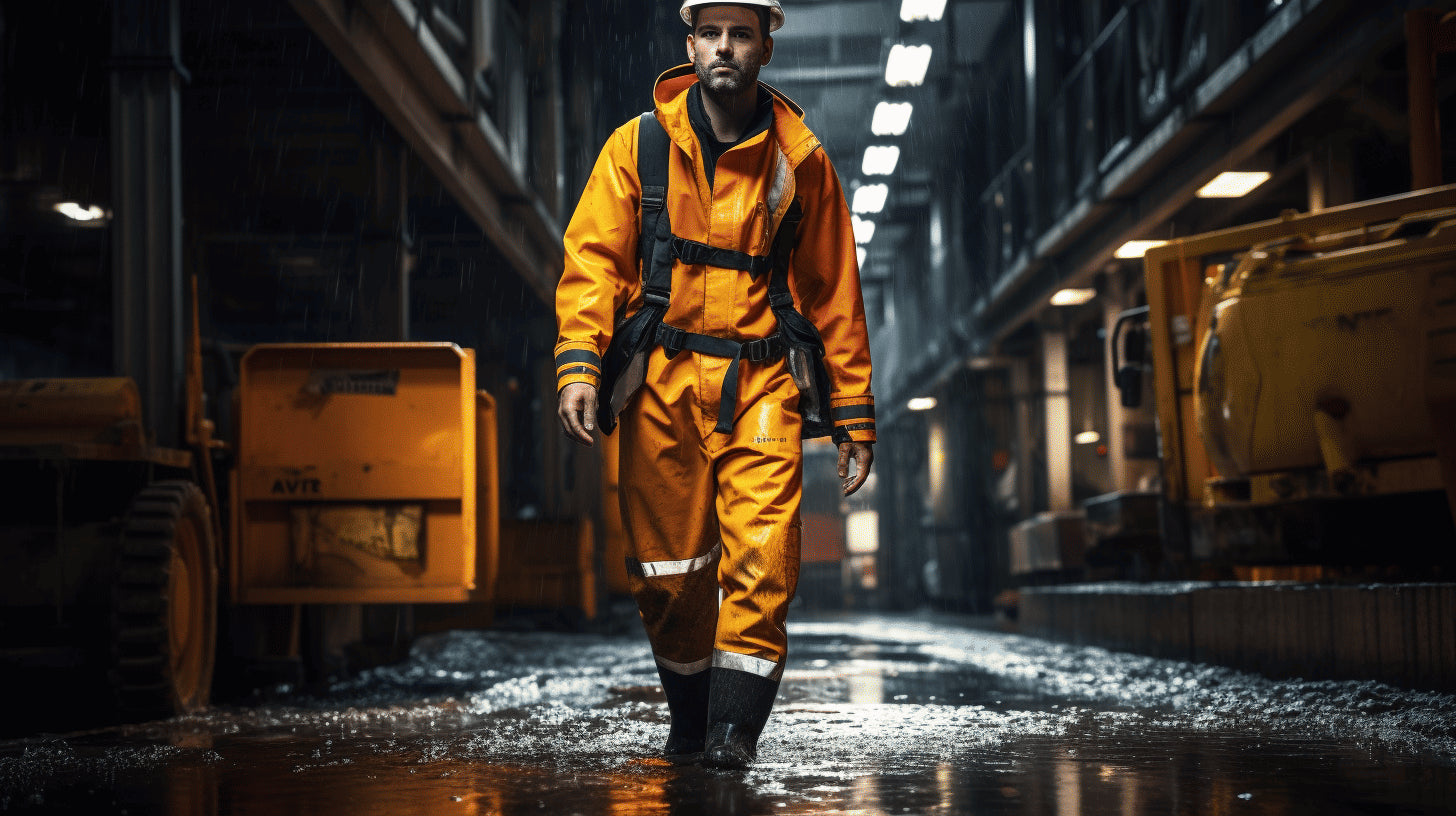
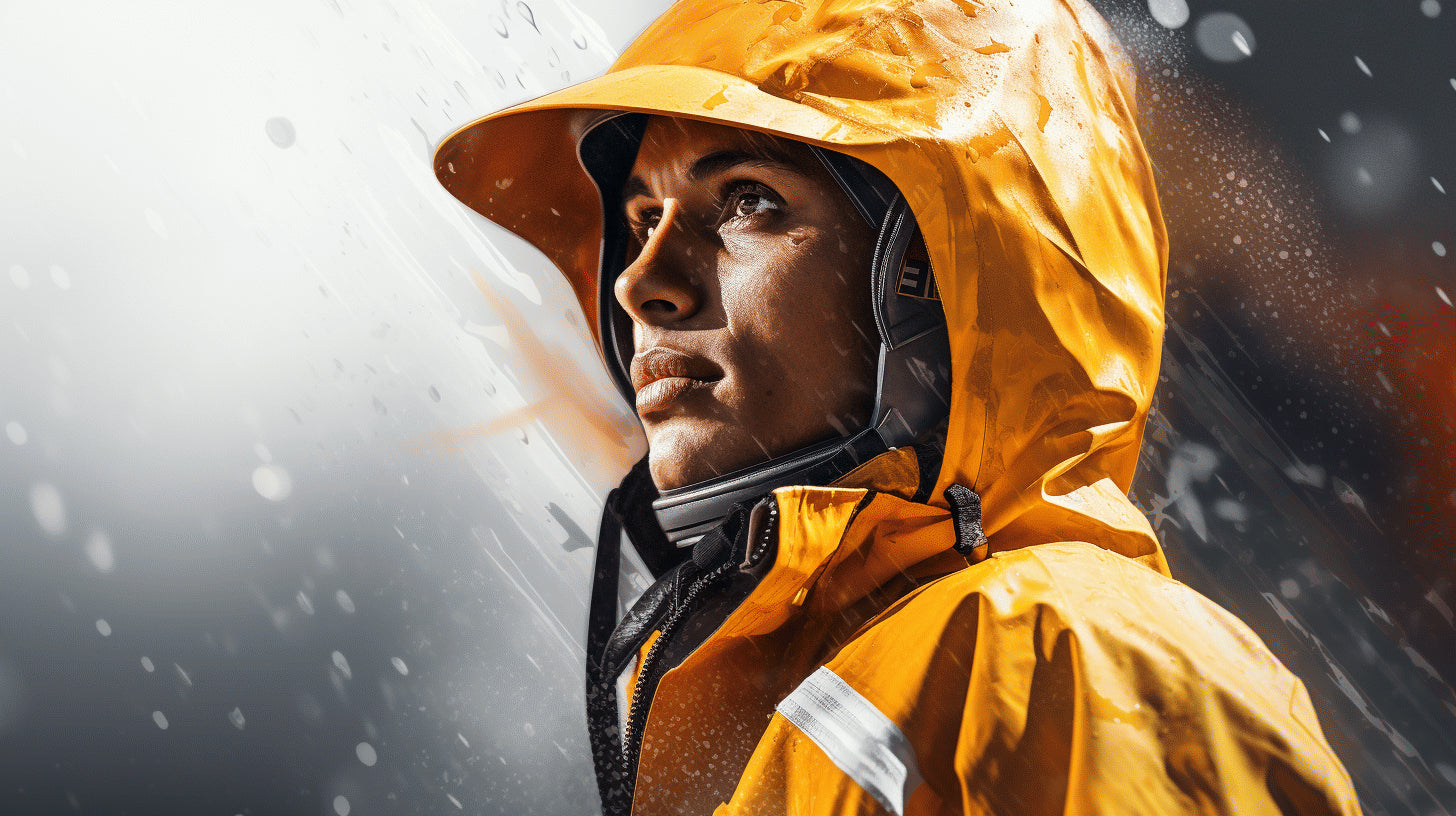
Leave a comment
This site is protected by hCaptcha and the hCaptcha Privacy Policy and Terms of Service apply.